


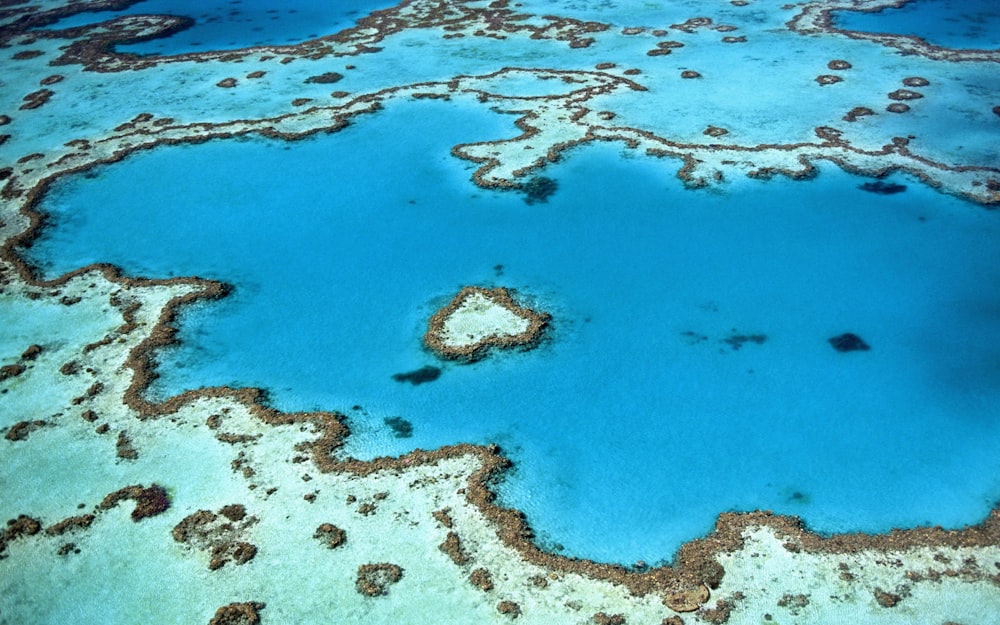
Australia is a country of huge contrasts, from hot deserts to snow capped mountains to pristine beaches to dense rainforests. Read through the resources below to learn more about the different kinds of biomes across Australia.
There are 14 ecoregions found across the globe. Ecoregions contain geographically distinct groups of plants and animals that have evolved in relative isolation, separated by features such as oceans or high mountain ranges. Read through this website to learn more.
Australia is one of the world's largest countries by land area, and as a result has some of the world's largest and most important deserts. Here is a list of the biggest deserts in Australia.
Grasslands are natural ecological communities dominated by grasses and with no or only sparse tree or shrub cover. They are dominated by a range of grass species but contain a diversity of other herbs. Grasslands are among the most species rich plant communities in Australia. Read through this website to learn more.
This presentation provides an in-depth analysis of the temperate forests found in Eastern Australia.
A home to many animals, the Australian tropical savanna is one of the world's largest tropical savannas. The world's other savannas cover two fifths of Africa and large amounts of India and South America. The Australian tropical savanna is an area of dense grass and scattered trees that stretches across northern Australia from Broome to Townsville. Read through this website to learn more.
Swan Lake is the remnant of an ancient lagoon enclosed by y-shaped tie-bars and is the largest and most permanent lake on Phillip Island. Read through this fact sheet to learn more.
Roughly half way between Tasmania and Antarctica lies World Heritage listed Macquarie Island. This subantarctic island is renowned for the spectacular beauty of its remote and windswept landscape. Its steep escarpments, lakes, and dramatic changes in vegetation provide an outstanding spectacle of wild, natural beauty, complemented by vast congregations of wildlife including penguins and seals. Read through this fact sheet to learn how human intervention put this biome at risk and how Australia is trying to restore the environment now.
View descriptions of Victorian fauna together with maps of distribution, images and endangered species rating on this app. Animals are grouped by mammals, reptiles, fishes, amphibians, birds or insects and other invertebrates. Info pages include images and animal sounds.
Think of an Australian landscape and you’re unlikely to picture snow-capped mountains or alpine meadows. But that’s what you’ll find atop the peaks of the country’s southeastern corner. The distribution of alpine and subalpine landscapes in Australia. Author provided Although relatively small – covering about 11,000 square kilometres or 0.15% of the continent – these alpine and subalpine ecosystems have outstanding natural value and provide billions of dollars’ worth of benefits to the nation each year. They are in comparatively good health but are facing numerous threats. However, their health in decades and centuries to come will depend largely on how we deal with these threats now. Read through this article to learn more about this Australian biome.
Travel Victoria: guide to Victorian regions, cities and towns. Includes information, location, weather, attractions and photographs of each Victorian town.
The lifeforms and topography of the Kakadu National Park in Northern Australia. Includes the plants, animals and geology of the area.
The diversity of Tasmania's vegetation is astounding - mosaics of alpine herb fields and colourful heathland, ancient rainforests, tracts of native grasslands and dry windswept coastal vegetation. Read through this website to learn more.
Read through this collection of fact sheets for information about the animals and landscapes of Shark Bay National Park.
The Daintree Rainforest is a landscape with striking diversity. From the dense rainforest and mountain ranges to fast flowing streams, waterfalls and gorges. With such a rich array of flora and fauna set amongst stunning scenery, there is a rich and colourful world here waiting to be discovered. Read all about this area of Australia on this website.
In 2018, it's hard to imagine that until three decades ago, the Daintree rainforest was seen primarily as a timber plantation by the governments of the day. After years of controversy, Queensland's Wet Tropics were inscribed on the World Heritage list on December 9, 1988, largely halting development, logging and human interference. The story of how the protection of a 600-kilometre stretch of living ancient history was achieved is one of political agendas, death threats and protests. It also marked the end of Far North Queensland's timber industry and the beginning of a new industry in the region — ecotourism. Thirty years on, some of the key proponents to achieving the UNESCO listing have recalled the struggle.
The spectacular and distinctive Australian Alps extend over 1.6 million hectares of public land contained in eleven national parks and nature reserves across Victoria, New South Wales and the Australian Capital Territory. Read through this website to learn more about this region.
This resource material aims to help teachers and students in primary schools investigate and understand more about primary industries in Australia. The Fast Facts section is of particular interest.
This research report looks at the myth that cattle grazing in the Australian Alps reduces the spread of bushfires and how the region can be better maintained for fire safety and sustainability.
This report looks into the damage that cattle grazing causes the environment in the Alpine National Park. The report summary from page 3 onwards is a great look at the impact of grazing on the alpine biome.
Australia’s water accounts tell us that in 2017-18, basin cotton irrigators extracted some 2,500 billion litres (about five Sydney Harbours’ worth) or equivalent to about 35% of all the water extracted for irrigation. Read through this article to learn more about water extraction and use for cotton farming and its impact on the environment.
Fish are dying in their hundreds of thousands at Menindee and people living in towns and on properties along the Barwon-Darling are battling to secure water fit to drink, bath in and feed their stock, but large cotton farms are full of water. Read through this article to learn more about mismanagement of water in Australia and how that impacts the environment.
Australian farmers manage up to 60% of the country’s land mass and account for up to 70% of its diverted fresh-water extractions. So we all have a stake in farmers doing their job well. Read through this article to learn more about how integral agriculture is to Australia and the impact it has on the environment.
Australia has made a global commitment to “sustainable agriculture”, an endeavour seen as increasingly crucial to ending world poverty, halting biodiversity loss, and combating climate change. A recent report from the UN found land use – including food production – is responsible for around one-third of the world’s greenhouse gas emissions. Read through this article to learn more about the impact farming has on the Australian environment.


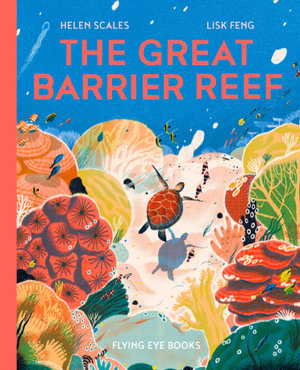 The Great Barrier Reef by
The Great Barrier Reef by  Australia's coast the best beaches and coastal areas around the country
Australia's coast the best beaches and coastal areas around the country Australia's landforms by
Australia's landforms by  Discover & learn about Australian coasts and oceans by
Discover & learn about Australian coasts and oceans by 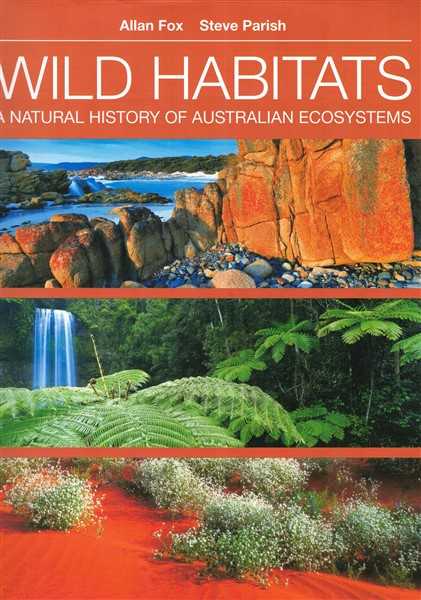 Wild habitats : a natural history of Australian ecosystems by
Wild habitats : a natural history of Australian ecosystems by  The Great Barrier Reef by
The Great Barrier Reef by 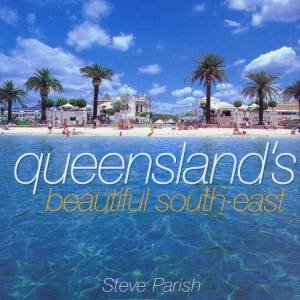 Queensland's beautiful south-east by
Queensland's beautiful south-east by  Kakadu by
Kakadu by 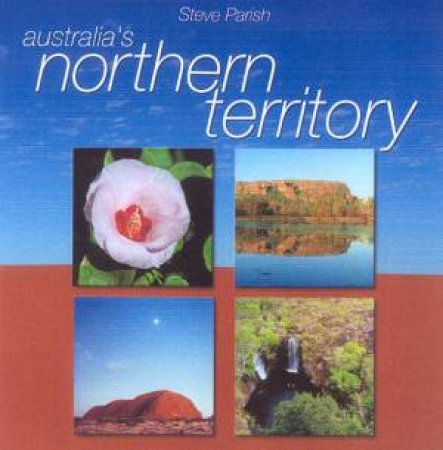 Australia's Northern Territory by
Australia's Northern Territory by  Explore Australia's outback by
Explore Australia's outback by  Australia by
Australia by 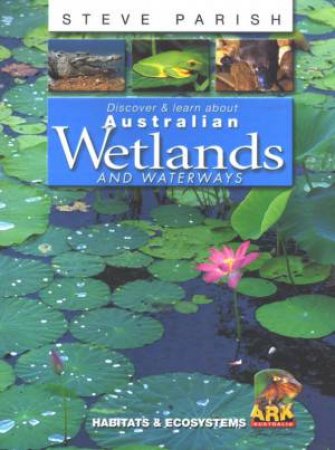 Discover & learn about Australian wetlands and waterways by
Discover & learn about Australian wetlands and waterways by 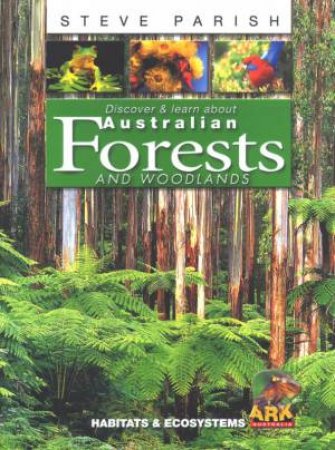 Discover & learn about Australian forests and woodlands by
Discover & learn about Australian forests and woodlands by 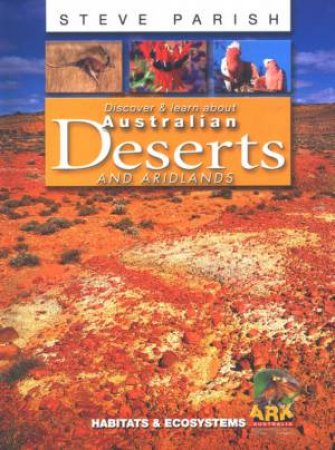 Discover & learn about Australian deserts and aridlands by
Discover & learn about Australian deserts and aridlands by  Australia's rainforests by
Australia's rainforests by